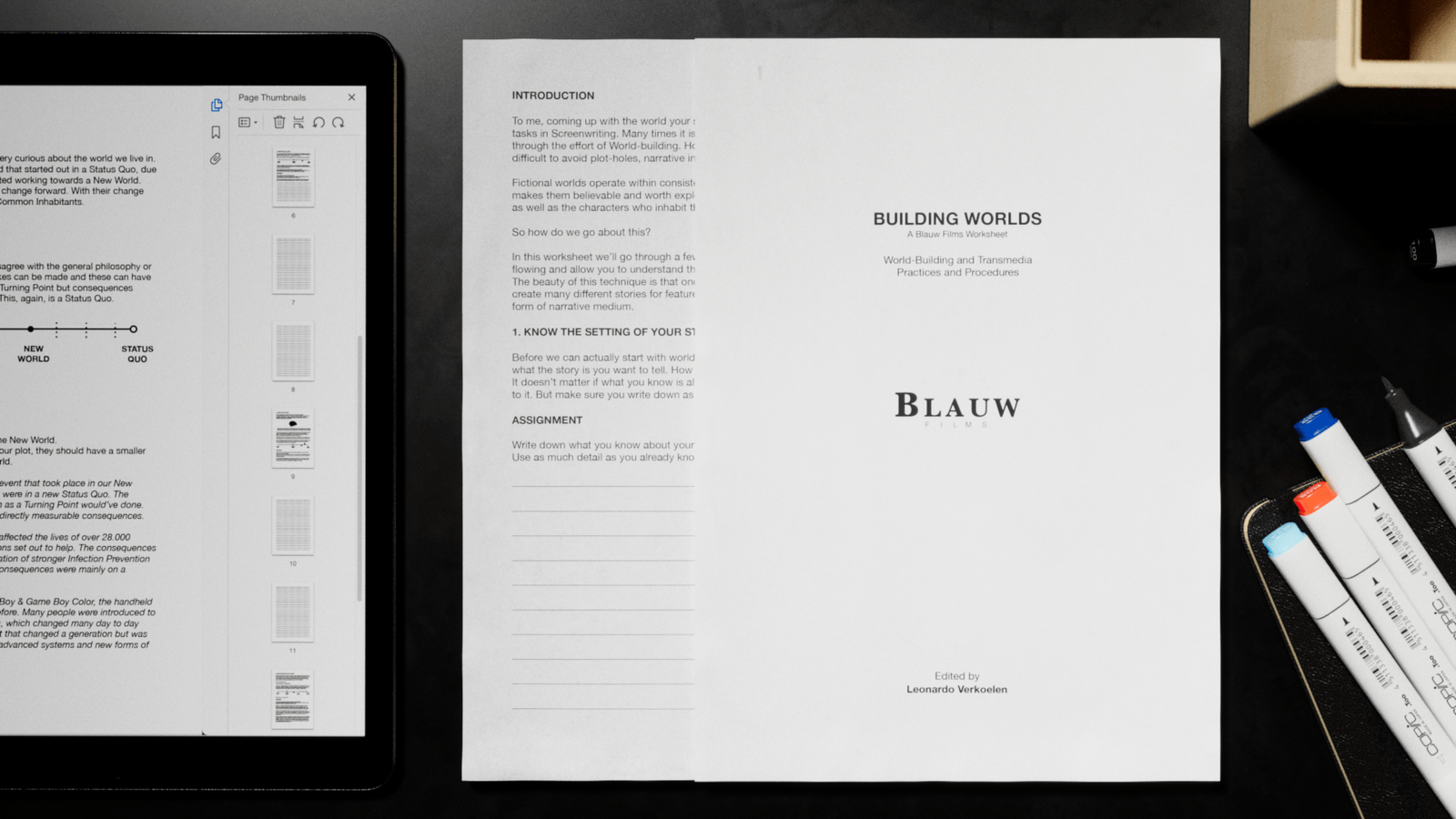The Cinematic Language of Chaos in Syntactic Labyrinths
Finding the Transcendental in Epic Science Fiction
Syntactic Labyrinths
Cinema allows us to structure an audio-visual experience into something understandable. But what happens when the narrative itself dissolves? When structure gives way to abstraction?
Syntactic Labyrinths has always started as an experiment in this very idea, drawing from the fragmented, non-narrative storytelling of Koyaanisqatsi while exploring the discipline of Transcendental Style Cinema. It is a film where meaning emerges from juxtaposition—images placed in a sequence to create an emotional and intellectual response in the audience.
At its core, the film is linear. Yet, when we reach deep-space, the limits of human perception of time become irrelevant. Time itself fractures to the viewer. Syntactic Labyrinths explores cinematically what remains when conventional storytelling disappears.

Transcendental Style and the Disruption of Narrative
Transcendental Style Cinema, as theorized by Paul Schrader, withholds traditional cinematic gratification—avoiding excessive movement, cutting, and overt emotional manipulation. It forces the viewer into a meditative state, where meaning is created through stillness, duration, and restraint.
In Syntactic Labyrinths, we follow this approach while allowing key moments to rupture into something else entirely. Most of the film follows a linear progression—tracking the people of the Settlement of Babylonia, their environment, and their preparations for departure—but then the Library is launched into space.
From there we are following a journey across ever increasing distances. Instead of traveling meters and passing minutes, the Library is moving throughout the entire solar system and beyond in the remaining minutes of the film.
With the astronomical units (AU) covered in the journey of Syntactic Labyrinths, which is mostly the emptiness of space, the film is designed to have you sit back and relax. Bringing the Transcendental to an intergalactic journey.

The Khuleshov Effect
If meaning can emerge from abstraction, can communication exist without language? THINKER and RECEIVER, two super-computers aboard the Library, engage in what appears to be dialogue. But do they truly communicate? Or do we, the audience, impose that understanding onto them?
Intercut with their “reaction-shots” are shots of raw data being processed, information being loaded and retrieved. It is here that we test the Khuleshov Effect—placing two unrelated images in succession to create the illusion of meaning.

If a cut from THINKER to RECEIVER suggests an exchange of thought, does that make them sentient? The audience, whether consciously or not, begins to interpret their interactions as emotional. The simple act of sequencing images gives rise to something deeply human—a connection where none should exist.
The Tapestry of Life in The Settlement of Babylonia
Within the chaos of abstraction, the human element remains. Before we travel into the void, we have to connect to the people in the Settlement of Babylonia, where humanity’s final act of preservation takes place. Here, we step into the lives of its inhabitants—their work, their rituals, their quiet moments of contemplation.

Instead of following key characters and developing character arcs, we are showing vignettes, glimpses of existence before departure. We observe as artifacts are scanned, as the Library is prepared, as the nerves of an impending journey settle upon the people.
There is no clear drama, no grand exposition. Meaning emerges through accumulation, much like in a documentary. In seeing the pieces, we understand the whole.

A Transcendental Experience in Space
Once the Library is launched, the film undergoes a transformation. As it moves further from our sun, light fades. The infinite darkness of intergalactic space becomes our primary setting. The cinematography adapts accordingly—we open up the aperture to reveal more stars, depth of field shifts, and shadows stretch.
The further the Library drifts, the more detached it becomes from its origins, and the film visually reflects that descent into the unknown.

This is where Syntactic Labyrinths reaches its most transcendental. As the Library drifts towards the Andromeda galaxy, the film abandons traditional reference points. Space is no longer a backdrop—it is, ideally, a state of being, an existential void where meaning must be redefined.

What does it mean to preserve knowledge when the creators of that knowledge are no longer present? What does it mean to communicate when there is no one left to listen?
Syntactic Labyrinths
In the absence of narrative can meaning still exist? With Syntactic Labyrinths we suggest that it can. Not through dialogue, nor exposition, but through the spaces between images. Through contrast, rhythm, and motion.
When THINKER and RECEIVER exchange silent transmissions, when the people of Babylonia prepare for a journey beyond time, when the Library drifts into the abyss—we, as viewers, are forced to engage. To interpret. To impose meaning onto chaos. And in that act, abstraction becomes communication.
A new language emerges—not one of words, but of images. Of sequences. Of silence. In the end, the question is not whether meaning exists, but whether we are willing to perceive it.




























































































.jpg)




.jpg)

.jpg)






.png)



0 Comments